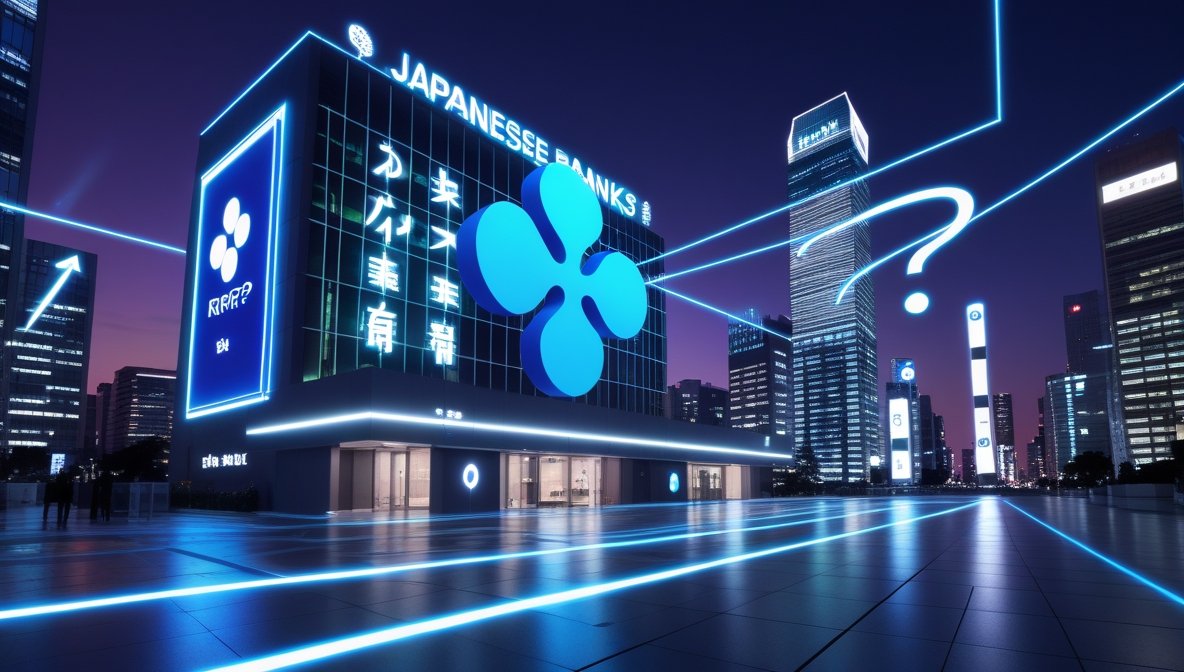Summary: Japan’s SBI Remit and SBI Shinsei Bank collaborate in upgrading cross-border payments, leaving some elbow room in the process that could be curbed with the help of Ripple’s technology. Even though they have used RippleNet for faster settlement, the million-dollar question is now whether they are integrating XRP or future Stablecoin RLUSD from Ripple.
SBI Remit has, for the last decade, been right at the forefront of Japan’s remittance space, especially where foreign residents seek to send money back home. They have used Ripple’s blockchain already, enabling smoother and less expensive transfers. The most recent deal with SBI Shinsei Bank could see them expand even further-a potential development that might extend Ripple’s ecosystem into more traditional banking services.
YOU MIGHT ALSO LIKE: Crypto Tax Crackdown: India Slaps 70% Penalty on Unreported Gains
Another key angle would be that SBI Shinsei Bank participates in Project Agorá, dedicated to the exploration of CBDCs and blockchain-based cross-border payments. This directly fits into the plans of Ripple to extend its technology to the mainstream financial world, making XRP or RLUSD one of the most prospective live use cases.
Japan is still catching up when it comes to fintech and banking collaborations, but this move sets a precedent. SBI Remit and SBI Shinsei Bank are paving the way for Ripple-powered solutions in Japan’s financial sector, and if they go all in on XRP or RLUSD, it could be a game-changer for crypto-backed remittances.
YOU MIGHT ALSO LIKE: Gang Token Drama: Allegations, Mockery, and a Market Crash

